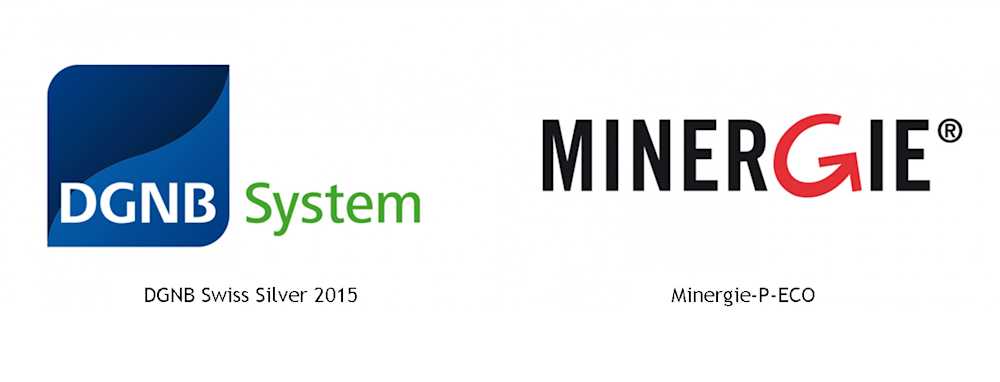New headquarters, same sustainable foundation

On February 8th, operations will begin in our new headquarters in Zürich, at Zollstrasse 17. The new environment not only brings all Zürich employees back under one roof (as soon as Covid-19 restrictions allow), but it is also a hub that will drive innovation and visibility for responsAbility. The inspiring and well-located work environment, right on Track 18 at Zürich’s main train station (Hauptbahnhof), also complies with the highest standards of energy efficiency.
Prime location
Zürich main station is a European hub with nearly half a million people passing through every day. This means that not only is the new HQ easy to reach by public transport for employees and visitors, it also offers high visibility for responsAbility and, by association, sustainable investing.
Energy savings
In 1938, one of the first commercial heat pumps in Europe, designed by Escher-Wyss, was installed in Zürich city hall to heat the building using slightly warm (~7 degrees) water from the Limmat River and to provide cooling during summer. Since then, four lake water networks have been developed from Lake Zürich and the Limmat that are used to provide heating and cooling to the buildings around. The new office will benefit from this network and all the cooling demand will be covered using ground water. An electric heat pump, powered with 100% renewable energy, will also provide heating during winter.
With several critical design measures, such as an extremely well-insulated envelope and efficient LED lighting, combined with a Building Energy Management System that senses daylight and controls air circulation, it is an almost zero-energy building that follows the Minergie-P Eco standard and DGNB Swiss Silver 2015. It also has a green roof which helps to improve thermal and sound insulation and also provides extra roof protection, an outdoor area for employees to gather over lunch or after work, and a microclimate and habitat for animals and plants.
The total emissions reduction of the move is expected to be ~30 tonnes CO2/year, a reduction of ~80% compared to the combined emissions from the previous offices. Aligned with our commitment as a carbon neutral company, all residual emissions will be offset through our support to the Isangi REDD+ project in the Democratic Republic of the Congo. This project saves about 700 hectares of primary forest from logging annually, which protects the natural habitat of multiple endangered species such as the leopard, and also helps alleviate poverty by promoting sustainable economic development in a remote area of the country.

Recycling and reusing
Bringing together two locations also means bringing together two different sets of design and furniture. Indeed, over 80% of the existing furniture was re-used or sold to employees, start-ups and other companies. Many employees took the chance to buy ergonomic chairs or desks at a lower price for their home offices.
All new furniture follows sustainable standards, including environmental, ethical and health factors, and production methods. Everything is certified as Cradle-to-Cradle, GREENGUARD, Möbelfakta, Nordic Ecolabel or are licensed as a climate neutral furniture manufacturer. Additionally, we focused on products that were produced in Europe to keep transport emissions as low as possible. In the end, there was not much furniture to dispose of, but rather a lot of office material to recycle, given the speed of digitization over the last few years.
Most IT equipment has been reused in the new office, and with raised access floors, energy supply and data cables, everything is routed directly to where it is needed, offering maximum flexibility in a cost-efficient way. Non-compatible equipment was donated to employee supported projects in Tanzania, Burundi, Malawi and Switzerland, for example the Kunyumba project in Malawi.
A new way of work
Sustainability did not only play a major role in the choice of furniture and other design elements, but also as regards the health factor of the employees. Plenty of plants, well-lit rooms with various designs, ergonomically friendly furniture, and sit-stand desks were chosen for all workplaces as well as some of the meeting rooms to promote lively exchange and closer collaboration. As regards food and beverages offered to employees, caterers and suppliers were chosen that follow a sustainable approach from production to consumption. For example, the office coffee is Bio and Fairtrade certified and is purchased in a local coffee shop around the corner, which supports the neighborhood and keeps the last mile of delivery almost emission free.
“We are building back better. This means that there is just no way we will go back to our pre-crisis CO2 footprint per staff member. Let’s make a difference, together.”
– Michael Fiebig, Chief Operating Officer